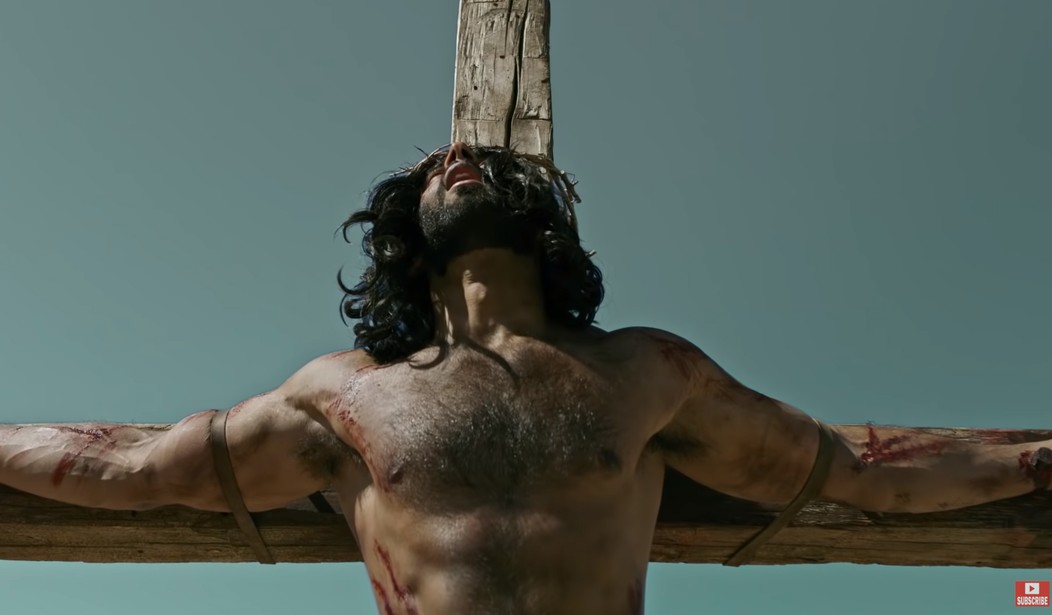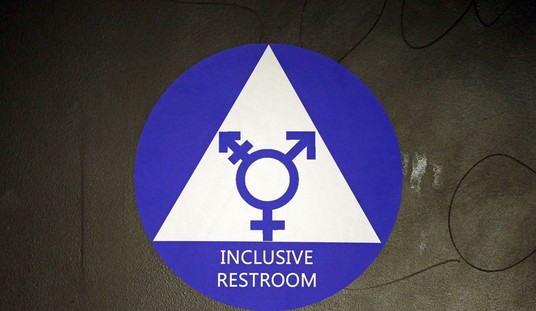Crossroads Church in Cincinnati, Ohio, says big-tech giants Facebook and YouTube both came to similar conclusions about a video the church posted: They temporarily banned the video just before Easter.
The church said the tech giants Facebook and YouTube temporarily blocked an Easter video showing reenactments of the crucifixion of Jesus Christ.
The church claims the platforms flagged the videos for violence in a post on its website.
“We had to make a few small tweaks to our online Easter service to use the video in the way we hoped on some social media channels,” Kyle Ranson, Crossroads online church community pastor, said in a written statement.
Crossroads Church has multiple locations around the city. It commemorated Easter the way most churches do (or should), by reminding people what was involved in the crucifixion of Christ.
It was violent and brutal.
Brian Tome, the senior pastor at Crossroads, introduced the nearly 50-minute video available at the church’s website. The video includes scenes of a man portraying a bloodied Jesus Christ carrying the cross and close-ups of a wood peg being driven into a wrist as music plays.
(edit)
The church, in its website post, said the social media companies sent “rejection notices” Thursday night over an appearance of profiting from a tragic event with no clear benefit to users.
“…no clear benefit to users.” Other than the eternal salvation of one’s soul.
Both tech giants reinstated the video after the church appealed.
This is the video. The crucifixion scenes might make up 2 percent of the video, which shows people singing, dancing, and teachers teaching.
The brief crucifixion scenes sound very much like a play I was part of at my church growing up. It was called The Day He Wore My Crown and spared little detail during the depiction of the death of Christ. The graphic nature of those scenes was crucial to portray Christ’s suffering. The same was true of 2004’s The Passion of the Christ, which was essentially a horror film in how it visually treated the story of the crucifixion.
In a blog post about the issue, community pastor Kyle Ranson sums things up well.
Most adults, even those who’ve been around Christian circles for most of their lives, don’t understand the value of grace. Why? Because few of us have taken a hard look at the cost. Increasingly, I hear a gospel preached that offers freedom without sacrifice, resurrection without crucifixion, and a new life without confronting the deadly reality of the old one and my starring role in that death.
This is why, while I didn’t like the speed bump of appealing their rulings nor do I agree that large technology companies should be limiting free speech or censoring churches, I am thankful Facebook and YouTube saw and called out what so many seem to miss: the cost of grace was offensively high: the violent taking of the very life of the Son of God. Nothing has ever cost more.
That’s why vivid depictions and reminders about the true crucifixion are so important — and why some may want to censor them.
Crucial Decisions: What Could We Have Done Differently When COVID Struck?









Join the conversation as a VIP Member